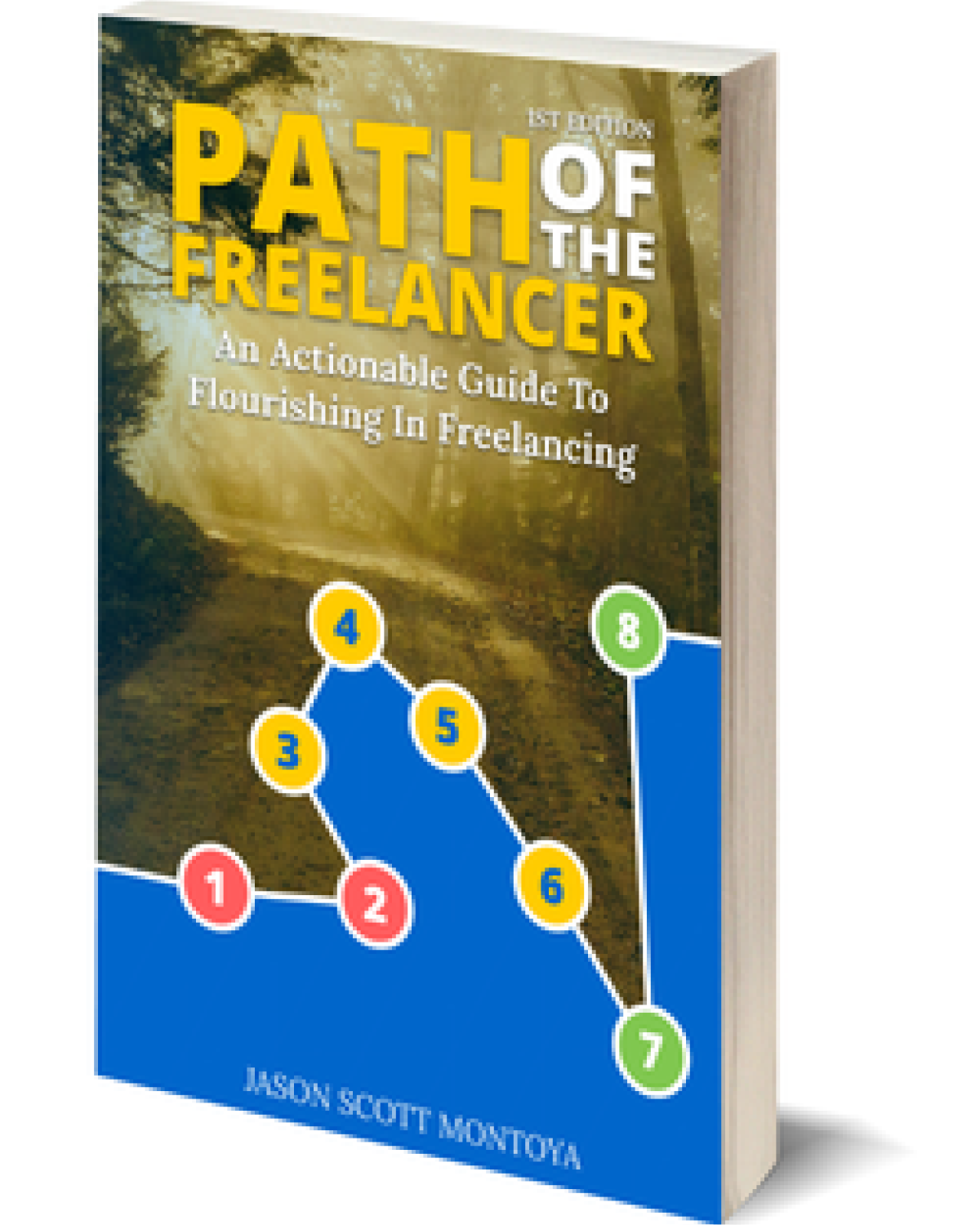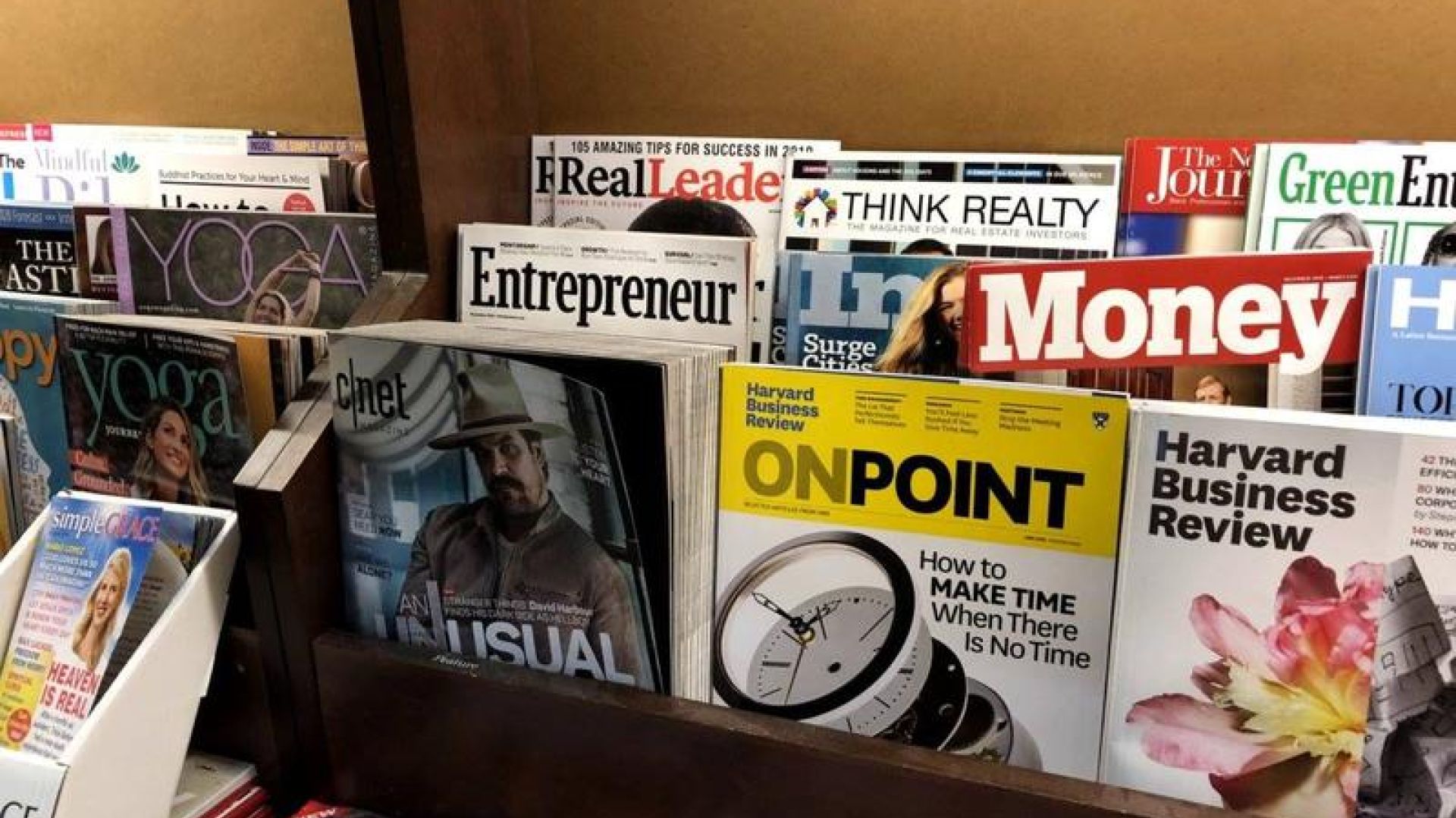
As a FREELANCER, This Is The One Thing You Need to SUCCEED
To succeed as a freelancer, a strong foundation is essential, and nothing is more critical than your complete commitment. Path of the Freelancer, my actionable guide to flourishing as a freelancer, outlines eight achievements necessary for sustained success in freelancing. Complete Commitment is number one.

The Foundation of Freelance Success: Full Commitment
I began freelancing in 2014 after closing my marketing company, transitioning from an agency owner to an individual consultant.
Eleven years later, I continue to freelance successfully, earning a six-figure income annually. Over this period, I've collectively earned $1.5 million, working part-time — a little over 20 hours per week, or less than 80 hours per month. This allows me to earn more than a full-time income while having ample time for other pursuits, such as creating videos, blogging, podcasting, and writing books. I've written two books and am currently working on my third. This financial and time flexibility is achievable for you as a freelancer.
The First Achievement: Being Fully Committed
This post (and video above) focuses on the first of the eight achievements: being fully committed to freelancing.
This commitment is the bedrock of your freelance career. Without it, the inevitable ups and downs—the "rollercoaster effect" on your emotions and finances—will make it difficult to sustain freelancing during challenging times.
Overcoming these challenges is what leads to financial freedom.
Commitment boils down to a choice: Will you continue freelancing when things get hard or don't go your way?
This mindset is crucial for any endeavor, whether you're a blogger, writer, or YouTuber. Full commitment enables you to overcome challenges and persist, and persistence is key to success.
The Four Stages of Commitment
I view commitment in four stages, a concept developed from an experience with a consultant where differing commitment levels led to a disconnect and eventual separation. This can happen with your freelance career if you're not fully committed; challenges may cause a rift, leading you to abandon it. The four stages are:
- Survivor: In this stage, you're likely not even considering freelancing. You're focused on making ends meet, living paycheck to paycheck, and lack the financial upside or desired income.
- Dreamer: At this stage, you see the potential of freelancing. You're exploring it, learning about opportunities, and considering if it's a path worth pursuing. You're discovering the possibilities.
- Visionary: This is when you begin freelancing. You have intentions to become a freelancer and are testing those intentions against reality. This reality might be more challenging than anticipated. My book, "Path of the Freelancer," serves as a blueprint to navigate this reality, making it as manageable as possible. Without a plan, freelancing can be incredibly difficult, potentially leading to giving up.
- Achiever: This is the ultimate stage, where you are committed to the reality of freelancing and consistently take the necessary actions to flourish. A system or blueprint, like the one I provide, makes this stage manageable. Building your freelance business is the hardest part; once you reach the maintenance phase, it can be easier than a traditional job. There's huge upside, but it requires navigating a "valley of difficulty." My goal is to provide a blueprint to make this valley as small and quick to traverse as possible.
To truly get through this valley, you must be fully committed.
Ask yourself: When you run out of money, have no clients, or a client doesn't pay, will you keep freelancing or look for a job? If you look for a job, you're likely a visionary who saw potential but sought an easier path when difficulties arose.
To succeed, you must face these moments of hardship and choose to find your next client, build a financial buffer, and not return to a traditional job. My book, Path of the Freelancer, outlines systems to help with this, all stemming from full commitment. Without it, you'll constantly seek greener pastures or long for the perceived security of a job.
The Formula for Intentionality
The first chapter of "Path of the Freelancer" delves into what it means to be fully committed, exploring each of these stages and how to move towards and sustain the "achiever" mindset.
I aim to make the achiever stage easier for you.
While you can certainly attempt to figure out freelancing on your own, having guidance from someone who has navigated the ups and downs and provides a clear roadmap will significantly simplify your journey.
In the book, I introduce the concept of the Formula for Intentionality, which helps define your purpose, vision, mission, and values:
- Purpose: Why are you freelancing?
- Vision: What does financial and time freedom look like for you? What kind of clients will you work with? How much will you earn? Paint a clear picture.
- Mission: How will you get from where you are now to that vision? This is your "how."
- Values: What guidelines will you follow to stay on track and protect yourself?
We deep-dive into these components in the book, as they are crucial for successful freelancing and integral to commitment. The book also details the Anatomy of Mission, explaining how actions and goals contribute to achieving your mission, all within the framework of your overall strategy.
This first achievement, focusing on your commitment and strategy, is essential for anyone considering freelancing. It helps you determine if this path is right for you.
- If you're a freelancer struggling, this chapter will illuminate the missing foundational pieces you need to develop.
- If you're doing okay but not thriving, it can reveal blind spots in your clarity, actions, or values that might be holding you back.
The second achievement focuses on your offering: clarifying the problem you solve, who you solve it for, and the solution you provide. It's about clearly defining, packaging, and promoting your offering so clients understand your value.
To learn more, grab a copy of "Path of the Freelancer: An Actionable Guide to Flourishing in Freelancing" on Amazon.
Earn 6 Figures Working Part Time
Path of the Freelancer is an invitation, blueprint and guide to step into the world of flourishing as a freelancer.



